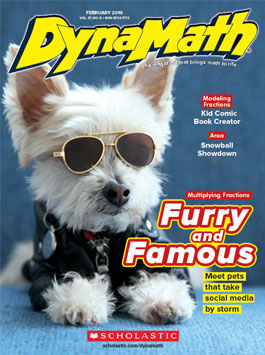I’m a 4th grade teacher at a creative arts elementary school in Charleston, South Carolina. I recently redesigned the way I teach math, and I’ve seen wonderful results!
Now, my elementary math class is a dynamic environment where students are challenged to explore new topics, tackle complex concepts, and work together to find solutions. I’ve accomplished this by incorporating small group instruction into my daily math block—also known as guided math. This has led to:
- More student enthusiasm for math
- Highly encouraging growth on adaptive tests
- Excellent achievement on standardized tests
Not only that, I enjoy teaching math again! Here’s my teaching strategy.


